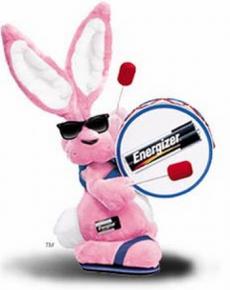
How Customers Can Energize Your Employees

I remember the story of a Virginia state trooper who visited the office in the state’s driver’s license bureau responsible for revoking the licenses of drunk drivers. The office had been notoriously slow in doing their job, but after the officer told them how a drunk driver, whose license had not been revoked even though it was ordered by the court weeks before, had killed a little girl, and that he needed their help in keeping these kinds of drivers off the road. By personalizing what seemed to be a mindless job, the staff in the office re-thought how they did their work and sped up the revocation process. They had been inspired by one of their customers – the state trooper.
Customers are more effective than leaders in motivating front line employees. Professor Adam Grant, at the Wharton School of Business, says that end users (customers, clients, patients, and others who benefit from a company’s products and services) are often more effective than company leaders in inspiring them to work harder. He said “I have found that employees generally see end users as more credible than leaders as sources of inspiration. . . . the majority of frontline employees are cynical about leaders’ motives and intentions.”
Grant says leaders “should abandon the notion . . . of themselves as lone heroes who must rally their employees to do great things. Leaders need help bringing their visions to life, and end users are uniquely suited to this task.” In his research, Grant followed the life of university fundraising callers, who have turnover rates exceeding 400 percent. He said executives assumed the callers were self-interested in pay, recognition, and breaks. But his research found that when the callers were introduced to students who received scholarships due to their fundraising calls, and how these scholarships made it possible to attend college, the productivity of the callers increased dramatically.
Grant notes that “there’s a wealth of evidence that people want to do meaningful work” and that “the vast majority of Americans have identified meaningful work as the single most important feature that they seek in a job.” He also found that this was the least-used management technique in most businesses.
How can leaders connect employees with customers to motivate higher performance? Grant offers a series of options as to how different companies have connected employees to end users. These include:
- Dig up feedback from satisfied customers and share it with front line employees. Look through focus group and customer surveys that may be trapped in customer service offices and share them with a broader spectrum of employees
- Set up events and meetings where end users can share their experiences. Invite agency customers to the office to meet with frontline staff. Joe Thompson did this when he headed the Veterans Affairs benefits office in New York City. Back office employees who only saw files went on “field trips” to local VA hospitals to meet the people for whom they were processing benefits.
- Turn employees into end users themselves. Have employees go through the process of applying for benefits in their agency, or visit their own parks, or wherever they are working so they can see what it is like to be on “the other side.”
- Engage employees who don’t directly deal with customers. Different departments will oftentimes support frontline staff directly serving the public. For example, let the finance staff visit the call centers and listen in on some of the calls so they can hear first hand what the ultimate end user is experiencing.
- Recognize high-impact contributions. Encourage peer recognition awards and recognition programs. These can be small, but significant things. One boss of mine used his business cards to deliver “thank you” notes . . . .and staff could do the same. They all proudly pinned them to their cubicle walls!
So, what have you done to connect your employees with your organization’s customers?



